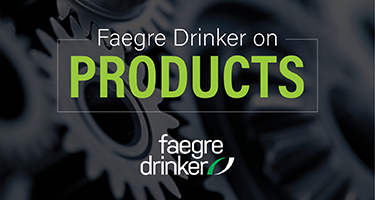Catch up on the latest developments of interest for product manufacturers. Here’s a quarterly compilation of the most popular blog posts on Faegre Drinker on Products.
Tort Reform Is Top of Mind in 2025: Legislative Updates in Georgia, South Carolina, Louisiana and Arkansas
By Elizabeth A. Wurm, Jenna Seiler & Elizabeth C. Christen
Some states that are home to “Judicial Hellhole” venues, often known for producing nuclear verdicts, have rallied for successful tort reform. In the most recent state legislative sessions, Georgia, South Carolina, Louisiana and Arkansas implemented tort reform bills which may serve to neutralize the nuclear verdicts coming out of their courts.
Message Received — Delaware Follows Federal Rule of Evidence 702
By Eric M. Friedman & Emma DeLaney Strenski
The Delaware Superior Court took the mass tort world by surprise with its refusal to exclude the plaintiffs’ experts’ causation opinions in the Zantac litigation. But the Delaware Supreme Court granted the defendants’ request for interlocutory appeal and has reversed the Superior Court’s decision and remanded for further proceedings.
ChatGPT As Your New Testifying Expert Under Proposed Federal Rule of Evidence 707? Maybe Not.
By Nikolas G. Spilson & Eric M. Friedman
Tools that can reduce the time and cost of litigation have long been in high demand by both clients and counsel. But the tool must be fit for its purpose, and tools that generate evidence or other outputs that will be submitted to the court must pass judicial scrutiny. One of the newer fights concerns the admissibility of machine-generated “expert” opinions.

